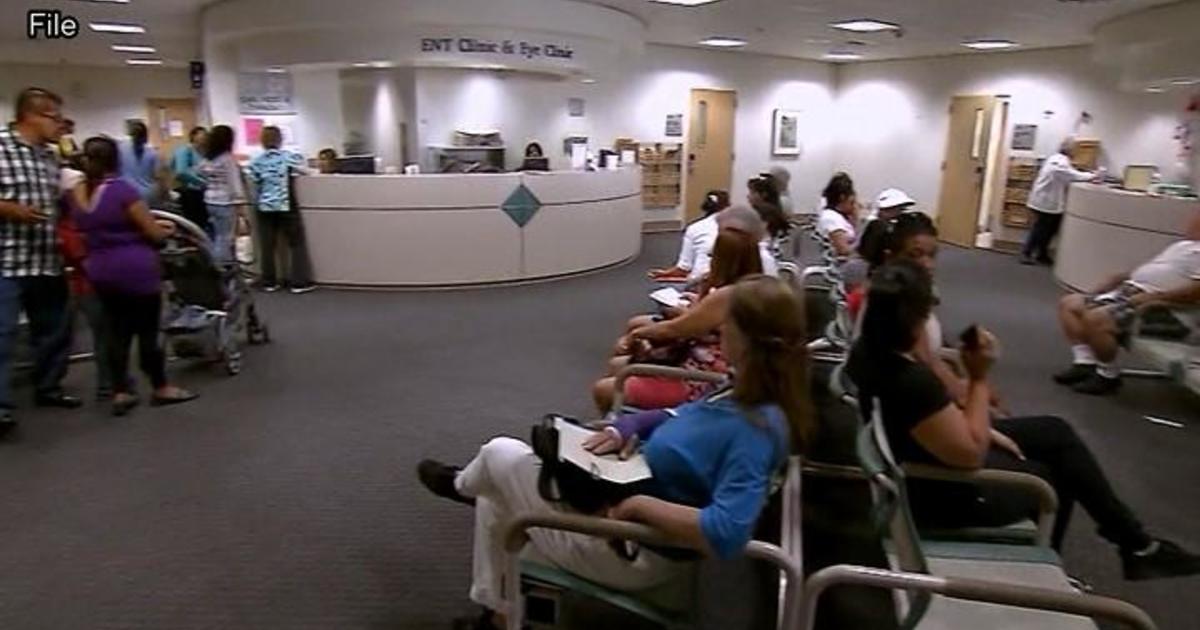Report: New Flight Plans at BWI Make for Nuisance for Neighbors
BALTIMORE (WJZ)-- Residents in northwestern Anne Arundel County and eastern Howard County are getting more than an earful as lower flying planes soar over their homes.
New flight patterns at BWI Thurgood Marshall Airport introduced by the Federal Aviation Administration in 2015, called NextGen, are part of a nationwide air traffic update intended to save the airlines tens of billions of dollars.
The FAA estimates that its $35 billion NextGen air traffic update will save $160 billion in fuel and other costs through 2030.
Our media partner, The Baltimore Sun, reports that many of those who live near the airport are experiencing frustration like they never have before, with planes flying lower, causing more noise.
"People say, 'That's what you get for living near an airport,'" Robyn Winder tells the Sun. "We knew there was an airport, obviously. But we never noticed it, never heard the planes, never had a problem. It was just never an issue until NextGen. Now, it's nonstop hell."
BWI, in Linthicum Heights, lies in northwestern Anne Arundel County, a little more than a mile from the Howard County line. Neighbors in both counties have complained about the noise.
Howard County officials met with FAA representatives in July to air their concerns. They planned a follow-up call for last week and a meeting on Monday, but the FAA has postponed them until October, at the earliest.
County officials said the FAA initially blamed the noise on a runway renovation at BWI. But the noise continues to trouble residents long after that project wrapped up.
Noise complaints made to BWI have more than doubled in the past two years, from 835 in 2014 to more than 1,800 last year.
Howard County Executive Allan Kittleman said he is doing what he can to stop the noise. "Unfortunately, our hands are somewhat tied if we can't get the FAA to meet with us," he told The Sun.
The NextGen updates are projected to save $9.4 billion in fuel costs, $30.2 billion in crew and maintenance costs, and $125 million in additional flights, according to the FAA's website.
NextGen is also expected to reduce carbon dioxide emissions, save time and make flights safer.
Follow @CBSBaltimore on Twitter and like WJZ-TV | CBS Baltimore on Facebook



